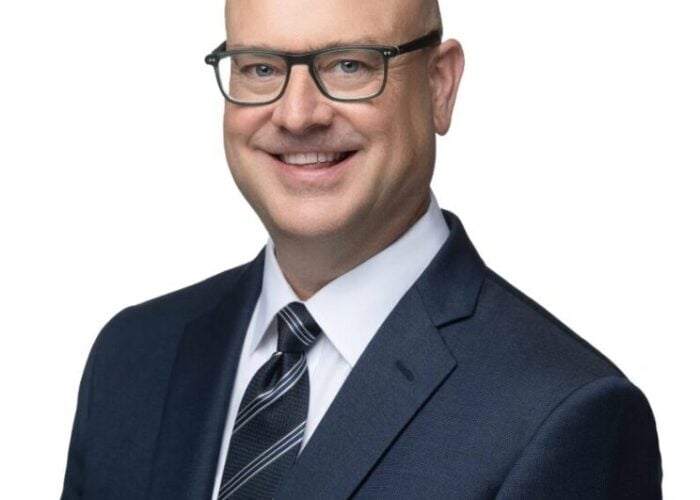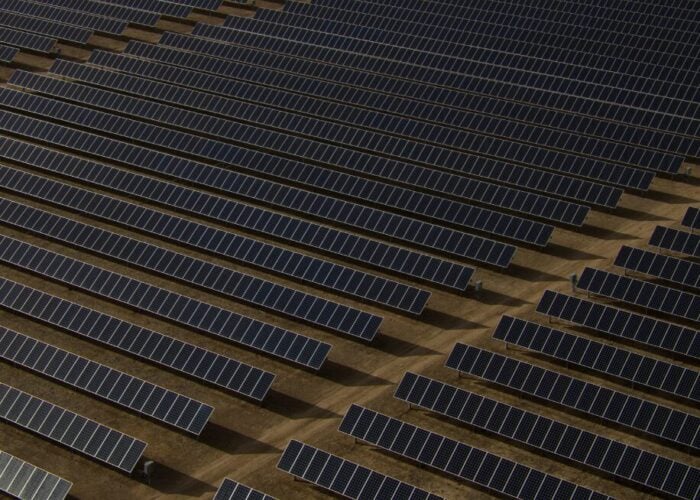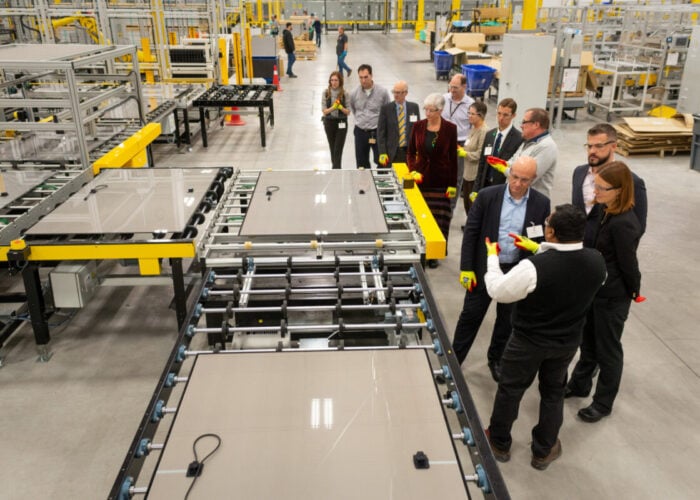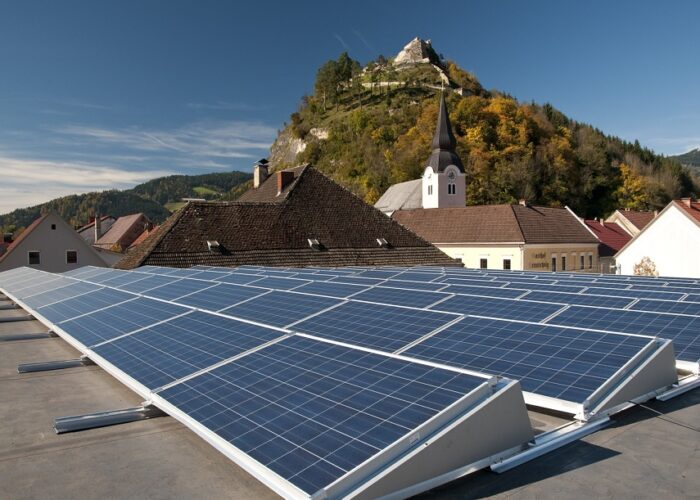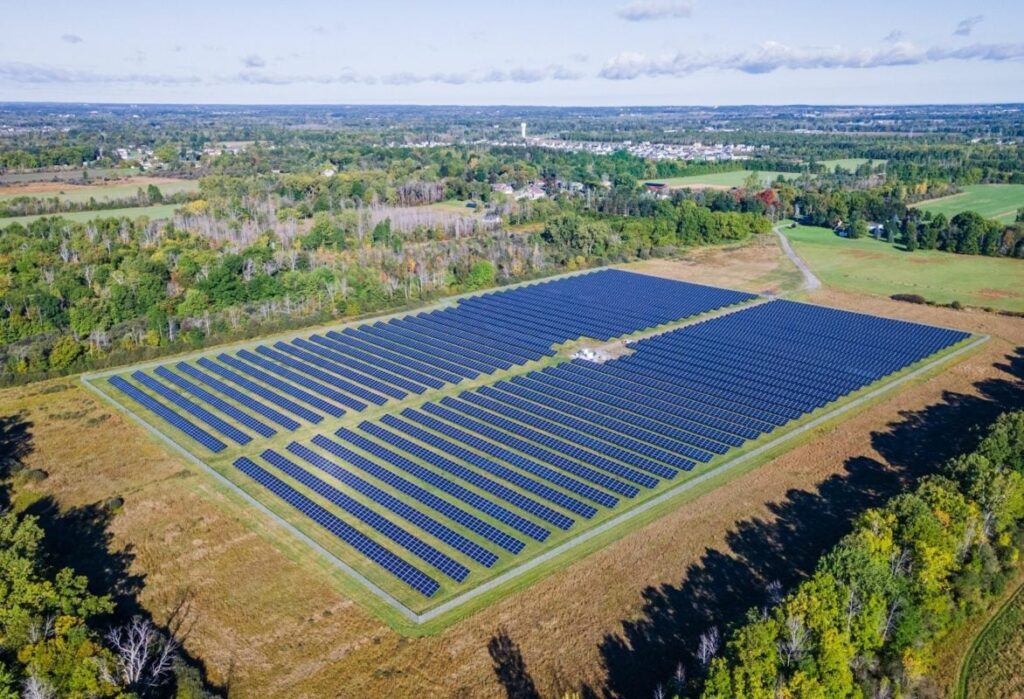
US solar developer Nexamp has secured US$600 million in financing for distributed solar and energy storage projects in the US, bringing its total raised this month to close to US$1 billion.
The latest financing comes from Atlas SP Partners, and will be used to expand the company’s distributed solar projects, which have become a priority for the company this year. While Nexamp boasts a utility-scale solar and storage pipeline of 6GW, and in September raised US$350 million from Macquarie Asset Management to expand this pipeline, it has now closed two financing rounds for distributed solar projects in October.
Try Premium for just $1
- Full premium access for the first month at only $1
- Converts to an annual rate after 30 days unless cancelled
- Cancel anytime during the trial period
Premium Benefits
- Expert industry analysis and interviews
- Digital access to PV Tech Power journal
- Exclusive event discounts
Or get the full Premium subscription right away
Or continue reading this article for free
Earlier this month, the company secured US$330 million in financing from Japanese bank MUFG and financiers ING and Siemens Financial Services, with plans to build 20 new distributed solar projects with a combined capacity of 120MW. Nexamp has already announced plans to more than double its operational community solar capacity to nearly 3GW by 2028, close to half the capacity of its utility-scale pipeline.
“As energy demand surges nationwide, solar has proven to be the most cost-effective and fastest-to-deploy resource available today,” said Nexamp CEO Zaid Ashai, whose comments follow a report from Wood Mackenzie showing solar to have the most cost-competitive levelised cost of electricity (LCOE) worldwide.
“This facility ensures that Nexamp can continue to deliver the reliable, clean power that communities and businesses need now,” added Ashai.
Nexamp’s work mirrors broader investment trends in the global solar sector, with utility-scale investment falling as small-scale solar projects attract more capital than ever before.
This is particularly true in the US, where president Trump’s rolling back of tax credit support for clean energy projects has spared small-scale projects, with those of a capacity less then 1.5MW still able to secure funding by spending 5% of their estimated project costs, rather than meeting the more nebulous “start of construction” rules to which larger-scale projects must conform.

